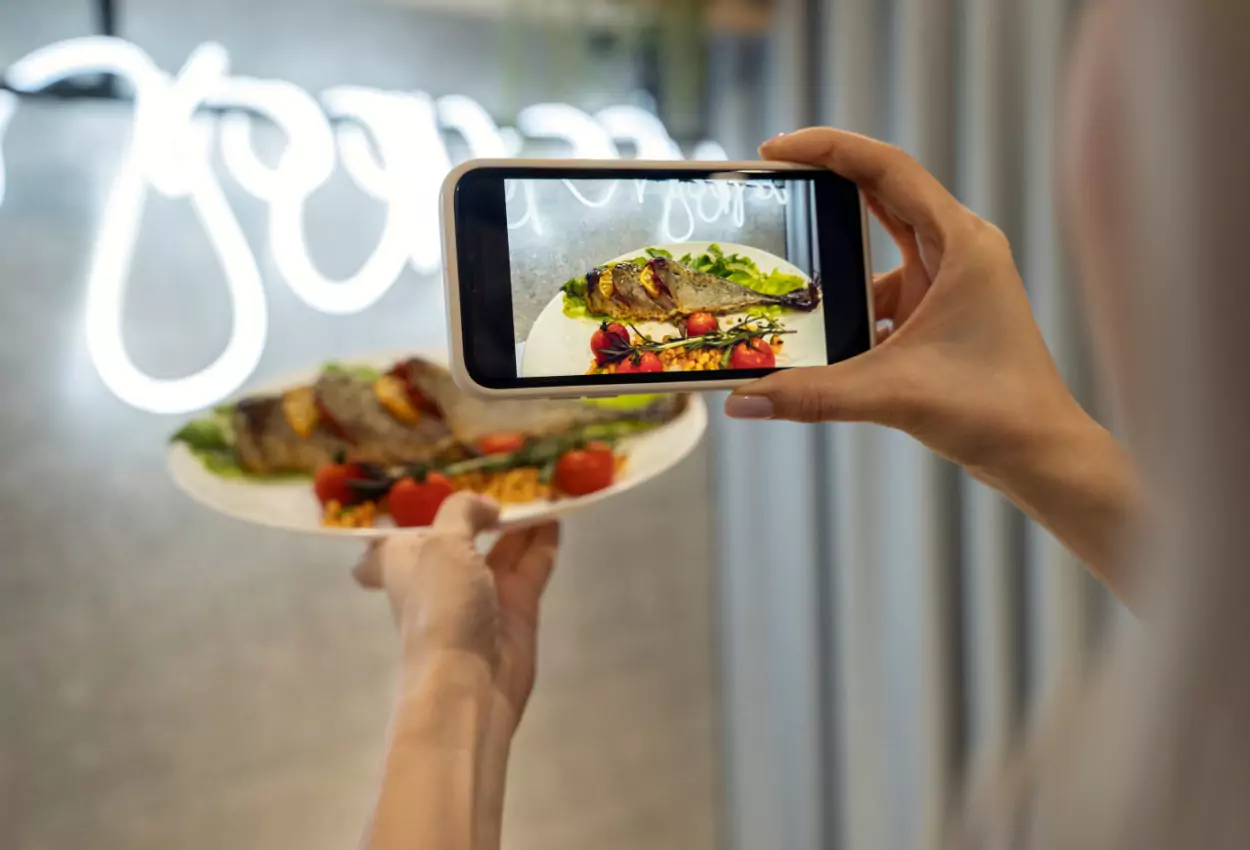The way we experience food through digital platforms has undergone a major shift. While traditional cooking shows, recipe blogs, and long-form YouTube videos once dominated online food content, a new format is now captivating audiences. Short-form videos, often under sixty seconds, have quickly become a favourite among viewers and creators alike. These bite-sized clips have turned everyday meals into viral moments, changing not just how food is presented, but how it is perceived and appreciated.
The Power of Short Attention Spans
Most viewers today want quick, satisfying content. Whether scrolling during a lunch break or browsing between tasks, people are drawn to visuals that capture attention instantly. Short-form food videos fit this need perfectly. A quick glance shows how a dish is made, what it looks like, and often how it tastes, all within seconds.
These videos are designed to deliver a full sensory experience. The sound of something frying, the sight of melted cheese stretching, or the final sprinkle of herbs on a finished dish all come together to create a moment that feels complete, even if it lasts just half a minute.
Making Fame Accessible
The rise of short-form video content has made food fame more accessible than ever. You do not need a studio, a production crew, or expensive equipment. A smartphone, good lighting, and a creative idea are often enough. This shift has opened the door for home cooks, small vendors, students, and self-taught chefs to showcase their skills and share their stories.
Some of the most popular food creators today started with nothing more than a kitchen corner and a desire to document their meals. Their honesty, energy, and personality are what attract followers. These creators have introduced audiences to home-style recipes, regional snacks, and street food delights that might otherwise go unnoticed.
The Simplicity of Teaching and Learning
Traditional recipe content often included long explanations and step-by-step instructions. While detailed guides are still useful, short-form videos have changed how people learn to cook. In just a few seconds, viewers can watch an entire dish being prepared from start to finish.
The visual clarity of these clips, often paired with quick text captions, makes them ideal for learning on the go. Even if someone does not cook the recipe right away, they remember the idea. The more they see it repeated across accounts, the more likely they are to try it themselves.
Driving New Food Trends
Some of the most talked-about food trends in recent memory began as short-form videos. Dishes like whipped coffee, cloud bread, and feta pasta became global favourites after gaining popularity through quick clips shared across social media.
This style of content moves ideas quickly from creator to viewer. As soon as a recipe or food hack catches on, others try it, adapt it, and share their versions. The result is a shared sense of excitement that feels spontaneous and widespread. It is not limited to professional chefs or influencers either. Everyone joins in, making the trend more fun and inclusive.
Telling Stories Through Food
Even though these videos are short, they are far from empty. Many of them carry strong emotional value. A grandmother rolling out puris by hand. A street vendor preparing snacks while sharing a memory. A father cooking lunch for his children. These are not just recipes, they are moments. And moments, when told sincerely, stay with us.
Viewers often comment on how a single video reminded them of childhood, or how it made them miss home. The connection between food and memory is powerful. Creators who understand this are able to build loyal audiences who return not just for ideas, but for warmth and familiarity.
Creating Careers, One Clip at a Time
For many, short-form content is not just a hobby. It has become a serious profession. Platforms are now rewarding creators with monetisation tools, brand collaborations, and wider exposure. Food companies, kitchenware brands, and even tourism boards are working with content creators to promote their products and services in a natural, engaging way.
The success of these creators lies in their consistency, creativity, and ability to connect. With a regular posting schedule and content that speaks to both taste and emotion, a one-minute video can lead to real income and long-term growth.
A New Way to Celebrate Local Flavours
One of the most encouraging outcomes of this trend is the spotlight it places on regional and local foods. Dishes once known only within small communities are now reaching millions. Ingredients, methods, and cultural traditions that were slowly disappearing are finding a new life online.
Creators are proudly showcasing their roots, from millet-based recipes in Karnataka to bamboo shoot dishes in Assam. These videos are educational as much as they are entertaining. They help preserve culinary heritage while introducing audiences to a rich diversity of flavours.
Conclusion
Short-form videos have brought energy and freshness to food content. They are easy to watch, fun to share, and powerful enough to change how people think about cooking and eating. More than just entertainment, they offer connection, opportunity, and inspiration.
Whether it is a street-side snack, a forgotten family recipe, or a modern food experiment, these short clips remind us that food is a story worth telling. And even when told in under a minute, it can leave a lasting impression.
Read Also: The Street Food Revival: How Digital Creators Are Elevating Local Flavours



